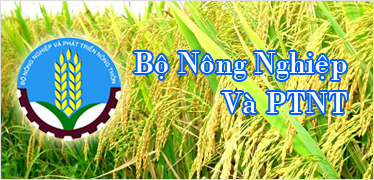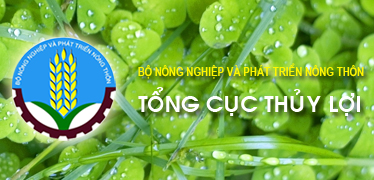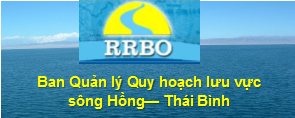Application of topographic elevation data generated by remote sensing approaches to flood inundation analysis model
16/02/2024
High-resolution topographic data are crucial for delta water management, such as hydrological modeling, inland food routing, etc. Nevertheless, the availability of high-resolution topographic data is often lacking, particularly in low-lying regions in developing countries. This data scarcity poses a signifcant obstacle to inland food modeling. However, collecting detailed topographic data is demanding, time-consuming, and costly, making remote sensing techniques a promising solution for developing food inundation analysis models worldwide. This study presents a novel understanding for utilizing topographical elevations obtained using remote sensing techniques to create a food inundation analysis model. In a study of three watersheds, Kameda, Niitsu, and Shirone (Japan), the assessment of digital terrain models (DTMs) showed that remote sensing-based DTMs (RS-DTMs) exhibited high reliability of coefcient of determination (R2 ) and root-mean-square errors, compared with the airborne LiDAR-based topography from the Geospatial Information Authority of Japan. Comparing the food modeling results from LiDAR data and RS-DTM, with Kameda and Niitsu performing favorable outcomes, Shirone exhibited less accurate results. We hypothesized that this was caused by the topographic distortions due to lack of evenly distributed reference points. Hence, we revised the topography by adjusting both the slope and intercept from the regression equation. This verifcation successfully showed that the food inundation volume correlation improved, achieving R2 results for the three watersheds ranging from 0.975 to 0.997 and Nash–Sutclife Efciencies ranging from 0.938 to 0.986 between the resulting food models based on the LiDAR data and RS-DTM. Based on these fndings, we recognized the signifcance of uniformly distributed geodetic height points. In areas lacking height references, high-precision survey instruments can be employed for achieving uniform distribution. Keywords DTM · Topography · Remote sensing · Flood inundation mode
- Proposing solutions for water diversion and water connection in the North Central Region in order to optimize the capacity of water storing, regulating and distributing to meet the requirements of socio-economic development
- New approach to online hydrodynamic modeling in flood and inundation forecasting at the Institute of Water Resources Planning
- Grassroots-level acceptance of the State-level scientific research project: "Proposing solutions to prevent flooding and inundation for Bui river basin and surrounding areas" coded DTDL.CN-16/20.
- Training on Real Water Savings in Agricultural Systems (REWAS)
- JST is to fund six research projects for the e-ASIA Joint Research Program in the fields of “Advanced Interdisciplinary Research towards Innovation (Water Resource Management)” and “Environment (Climate Change Impact on Natural and Human Systems)”
- Technological capacities
- Final workshop of the project “Integrated and Sustainable Management of Red – Thai Binh River System in a Changing Climate (IMRR)”
- Training series on Remote sensing for Land and Water management
- Seminar “Integrated water management in the Red River: remote sensing and modeling for optimal reservoir management” at the IWRP
- Mini-seminar between Institute of Water Resources Planning and Collecte Localisation Satellites Group (CLS), France.
- Water Accounting for Vietnam Project Workshop at ADB Office in Hanoi
- Seminar on Cooperative training program "Application of remote sensing in water resources management"
- A two-day online training on Remote Sensing of Drought
- Mekong River Commission trains facilitators on use of hydropower sustainability assessment tool
- Science PhD thesis: Quantifying the distribution of alluvial Mekong Delta: Present and Future.




